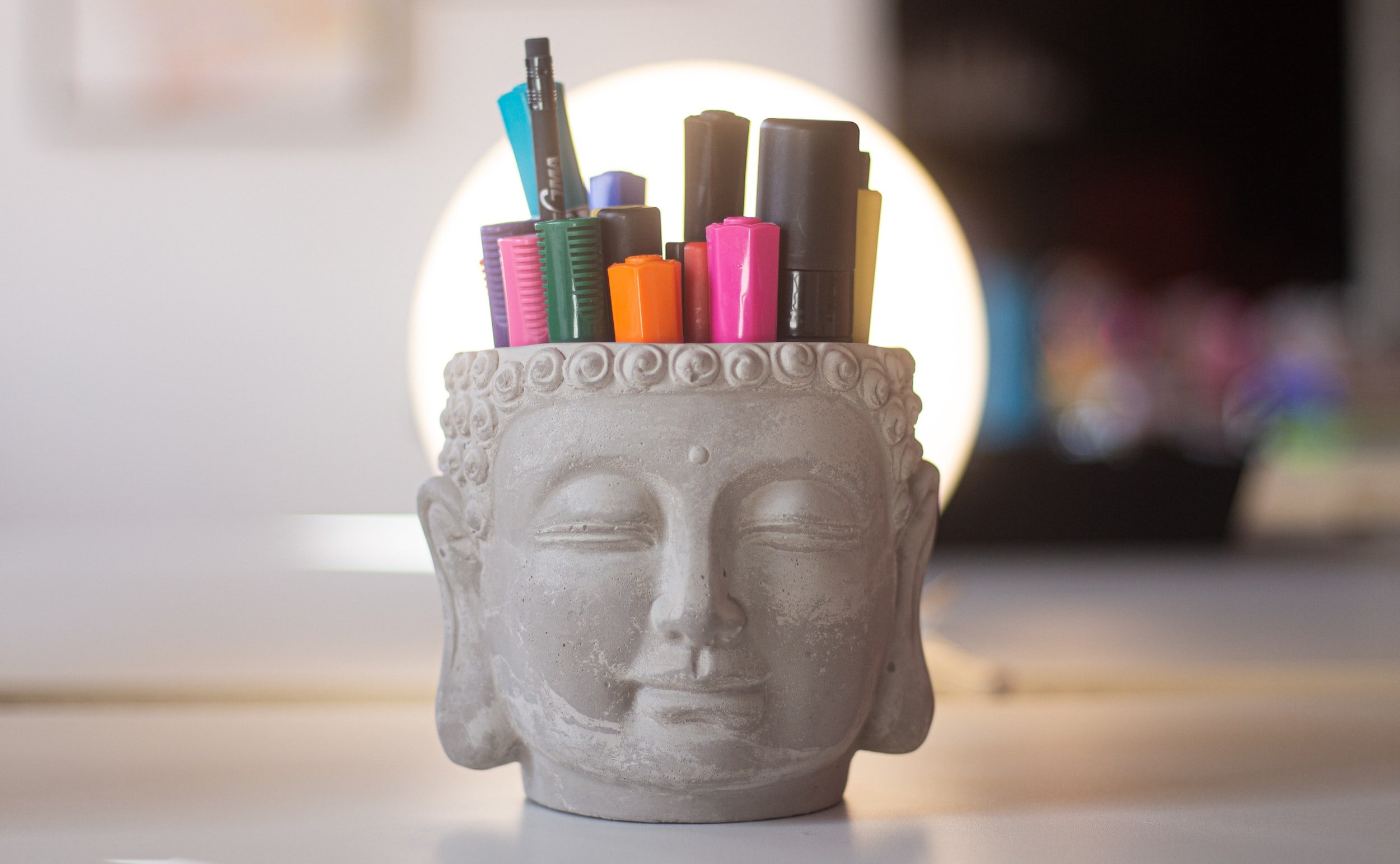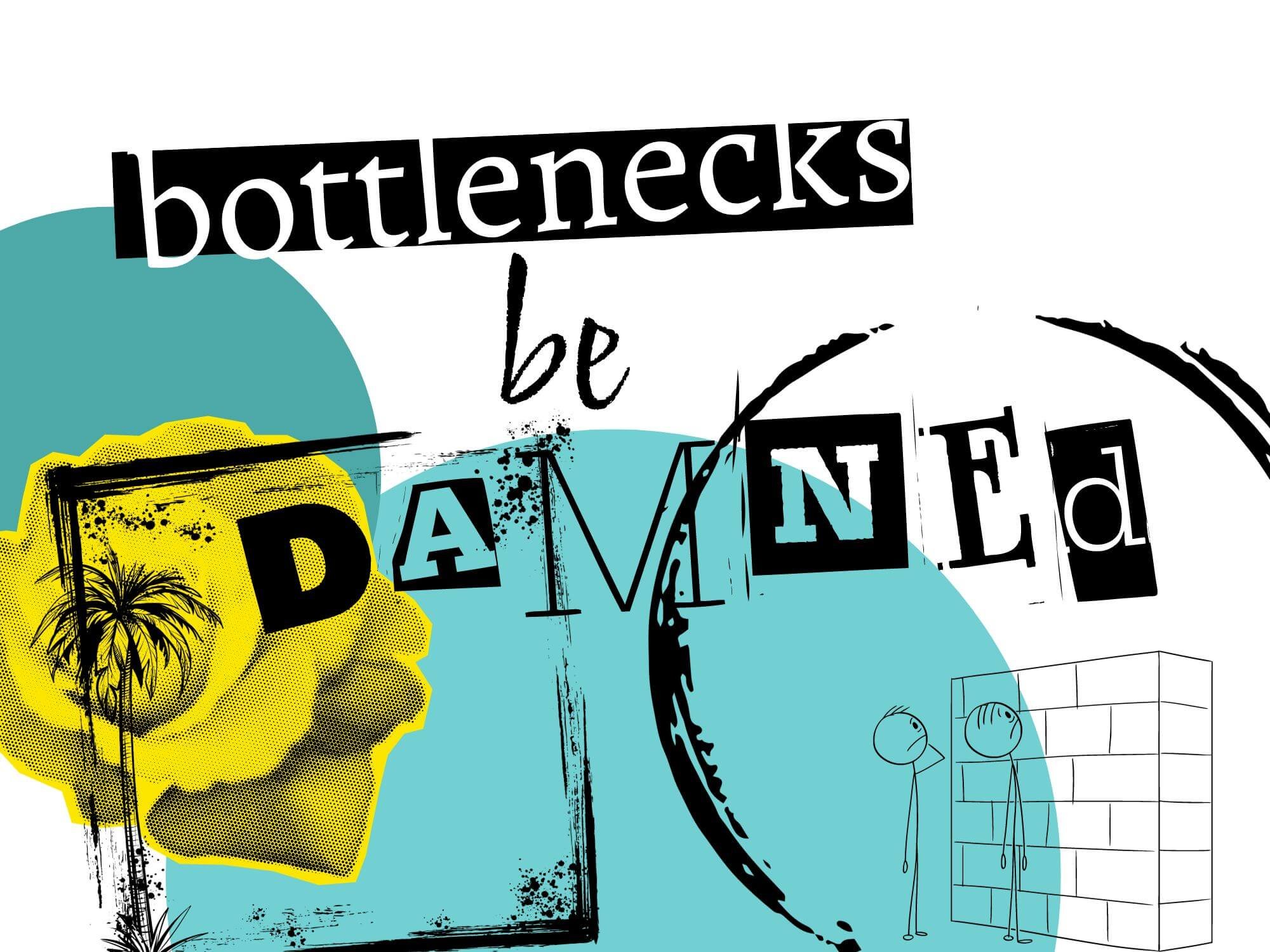Imagination vs. Creativity (10 examples + how to use both)
Artistic acumen, innovation…an ability to think outside the box and see opportunities that others don’t. A lot of these things, in my view, come back to understanding (and using) imagination vs. creativity.
These two ideas are closely connected and subtly different.
So understanding them fully can help you learn them better and apply them as skill in unique ways. Because I believe everyone is inherently creative and imaginative.
So welcome to here. I hope this post inspires and adds some value for you!
Alright, let’s wrap up the small talk and dive right in. Let’s start with some quick definitions.
Imagination vs. Creativity: Quick Definitions
The difference between imagination and creativity can feel obvious and tricky at the same time. They are, after all, closely related.
So let’s get some quick definitions so we’re all on the same page. Here’s my take:
Imagination is the ability to think of and vividly visualize ideas, new perspectives, interesting connections and goals.
Creativity is the ability to make and turn ideas, things, connections and goals into a tangible reality.
It should be reinforced however that these concepts are like two sides of the same coin. That is, imagination feeds creativity, and creativity fosters and reinforces imagination.
Yin and yang. Synergy.
Things That Represent Creativity: 6 Examples
Creativity can be found in almost every process. It’s everywhere.
So this list obviously does not cover everything, but I tried to pick out a good variety – and many that are directly part of my life (i.e., music, art and writing).
So let me know in the comments of any other examples you’ve got!
1. Songwriting and Music Production
Making music is one of the biggest examples of creativity. And it’s one of my personal favorites.
I love turning concepts in my mind into realized sound waves people can listen to. It’s a moment of pride and incredibly rewarding.
2. Art and Painting
Following up with another painfully obvious representation of creativity is artwork.
Artists are always at the center of discussions on creativity – which makes sense. Art truly is part of most everything we see around us.
From city and home beautification to product design and home decor, the creativity of art is everywhere.
3. Writing
Writing is cathartic and incredibly creative. And you don’t need to be a published professional writer to take advantage of this outlet.
For example, this blog is a direct reflection of my journey building a personal brand around my music and passions for travel and art. It’s one of my core creativity pillars.
Although I recommend everyone at least try starting a blog (especially if you’re interested in online entrepreneurship or digital skill building), writing can be as simple as just journaling your day down in a phone app or writing a stream of thoughts on loose papers.
4. New Product or Service Development
New products and services require design and creative finesse.
The process of finding a problem and creating a product or service to solve it is, well, creativity in action. It’s just more business-focused than our first few examples.
So look around and consider the creativity behind your favorite brands, products and services.
5. Raising Children
Wait, raising children is creative? Yes.
I have mad respect for any parent – because although I’m single and have no kids, I do have nieces and nephews and can appreciate the work and sacrifice it takes.
There’s creativity and cleverness in teaching values and creating the nuances of your family dynamics.
6. Marketing and Entrepreneurialism
I used to think marketing and business were just suits and numbers – and the farthest thing from creativity.
But if the internet and social media has taught me anything, it’s that digital marketing and entrepreneurship is incredibly creative. It also happens to be trendy.
So next time you’re waiting to skip that ad or you see a new online business pop up, consider the level of creativity that went into what you’re seeing.
Things That Represent Imagination: 4 Examples
Now let’s shift gears and talk about imagination.
Again, this list is not exhaustive either, but highlights some examples that are most relevant and powerful for me. So let’s dive right in.
1. A Growth or Dreamer Mindset
A growth mindset is the perspective that failure is simply one step closer to success and that any skill or ability can be learned.
A growth mindset is closely connected to the dreamer perspective. It’s the ability to visualize some potential future with a sense of grandiose optimism.
Coupled with the belief framework that anything is possible and can be learned or done (i.e., a growth mindset), this type of imagination is unstoppable and infectious.
2. Meditation and Introspection
Self awareness and self reflection are all the rage – but incredibly important.
I love meditating. And I’ve actually been doing it for quite a while – sort of. I mean, snowboarding is a form of meditation.
When buttering down the hill, I literally have zero thoughts in my mind and I’m completely focused on the present moment.
I’ve also recently added more intentional meditation and introspection – and it always ends up being a powerful imagination session. Admittedly, I may be doing things wrong, but still, they’re very correlated.
3. Brainstorming and Ideation
Ideation and brainstorming is a more formal example of imagination.
It’s the ability to look at a problem or question and visualize different solutions, angles and paths forward.
It’s imagination at work.
4. Problem Solving and Troubleshooting
Similar to brainstorming, problem solving requires a lot of imagination (followed by action and testing).
When faced with obstacles, we need to contemplate on the causes and reverse engineer potential solutions.
This requires a high degree of imagination.
Key Takeaways: Similarities and Differences for Creativity vs. Imagination
Now that we have a clearer picture between the two, let’s highlight some of the key takeaways.
Main similarities between imagination and creativity:
They both exist across all domains, verticals and
The rely upon and compliment each other
Main differences between imagination and creativity:
Creativity is tangible and action-based
Imagination is thinking-driven and more conceptual
Using Both: How to Blend Creativity and Imagination
Now that we’ve got a solid understanding between imagination vs. creativity, let’s learn how to use both to our advantage.
That is, let’s practice having a creative imagination as well as imaginative creativity.
It’s a modern skill that can be applied to anything – a business, a brand or personal development. It’s an ability as much as a perspective.
So here are some tips for blending and using creativity and imagination:
When faced with problems, imagine how your idols or people in positions where you’d like to be would solve them – what would they do?
Create at scale – focus on quantity over quality and watch your output become more creative and higher quality
Practice both a beginner and a growth mindset
Hang around more people who embody creativity and strong imaginative qualities
Practice turning imagined ideas into reality – have a cool idea or thought? Try it, make it or write it out
Next time you’re doing something seemingly mundane or routine, imagine how you could do it differently (or automate it to save yourself more time)
Switch up your daily routine – imagine an ideal future life and write down every detail of a day; now create that life now and simply live that idealized life as close as you can
Want More? Check Out These Sweet Reads!




